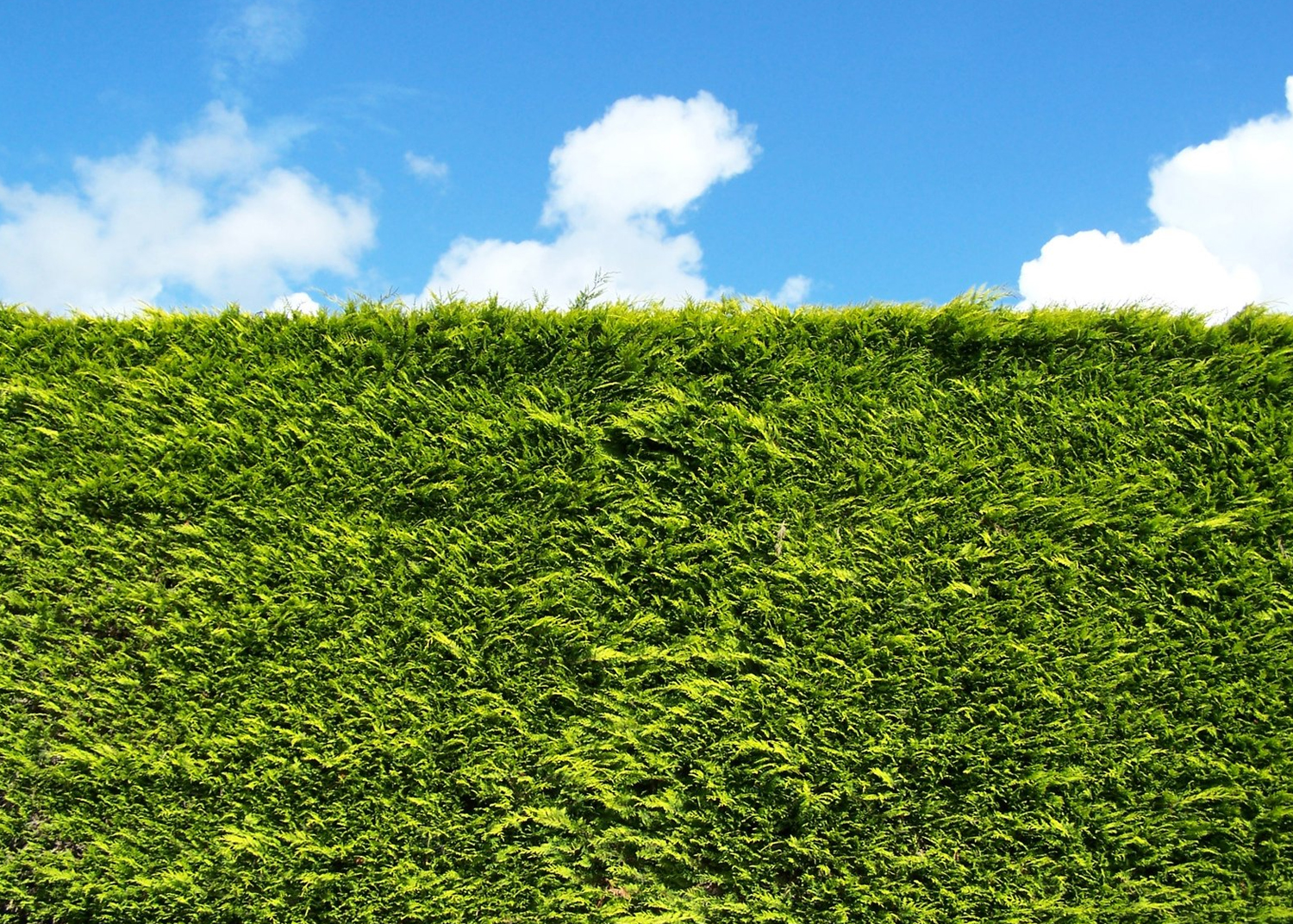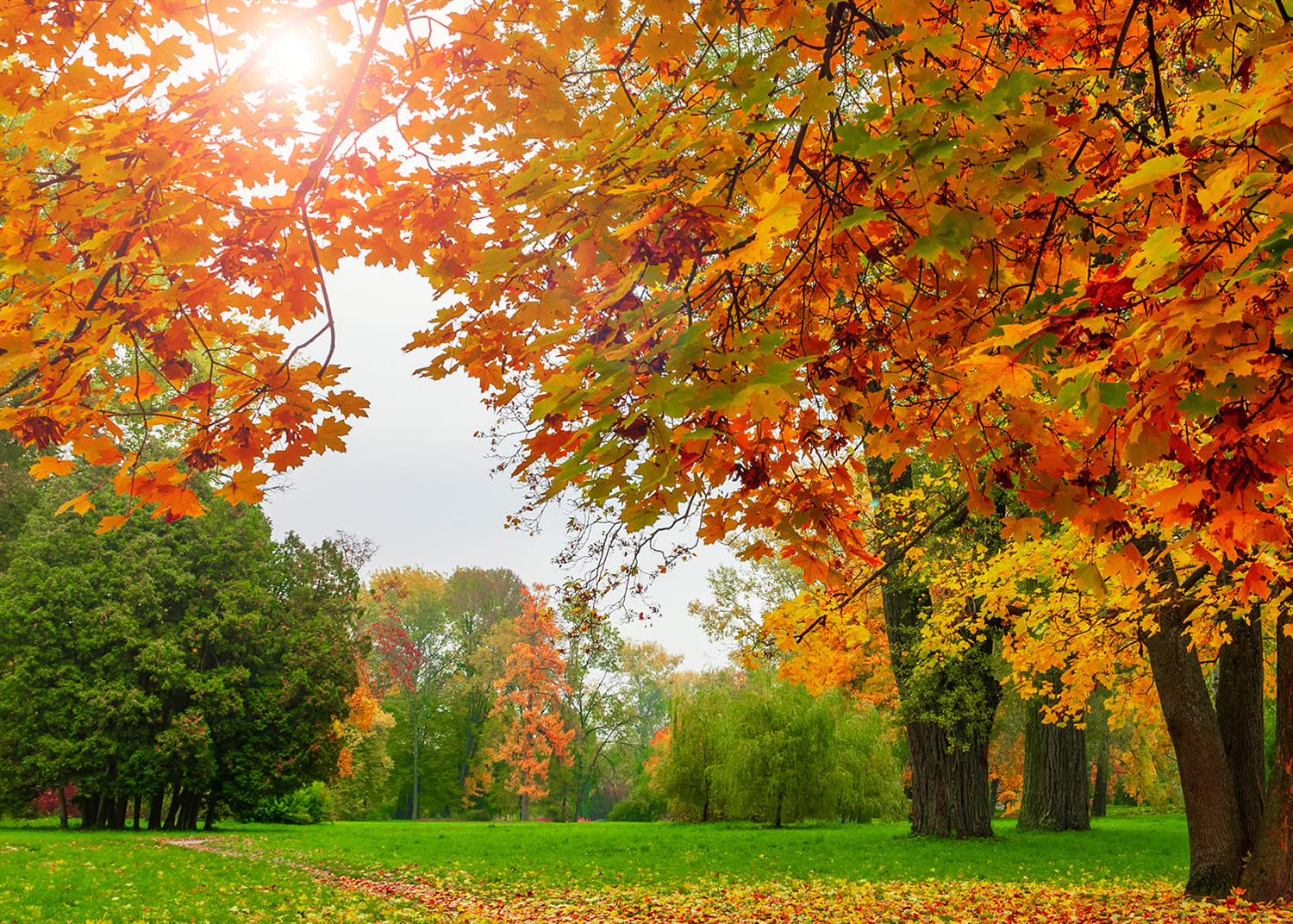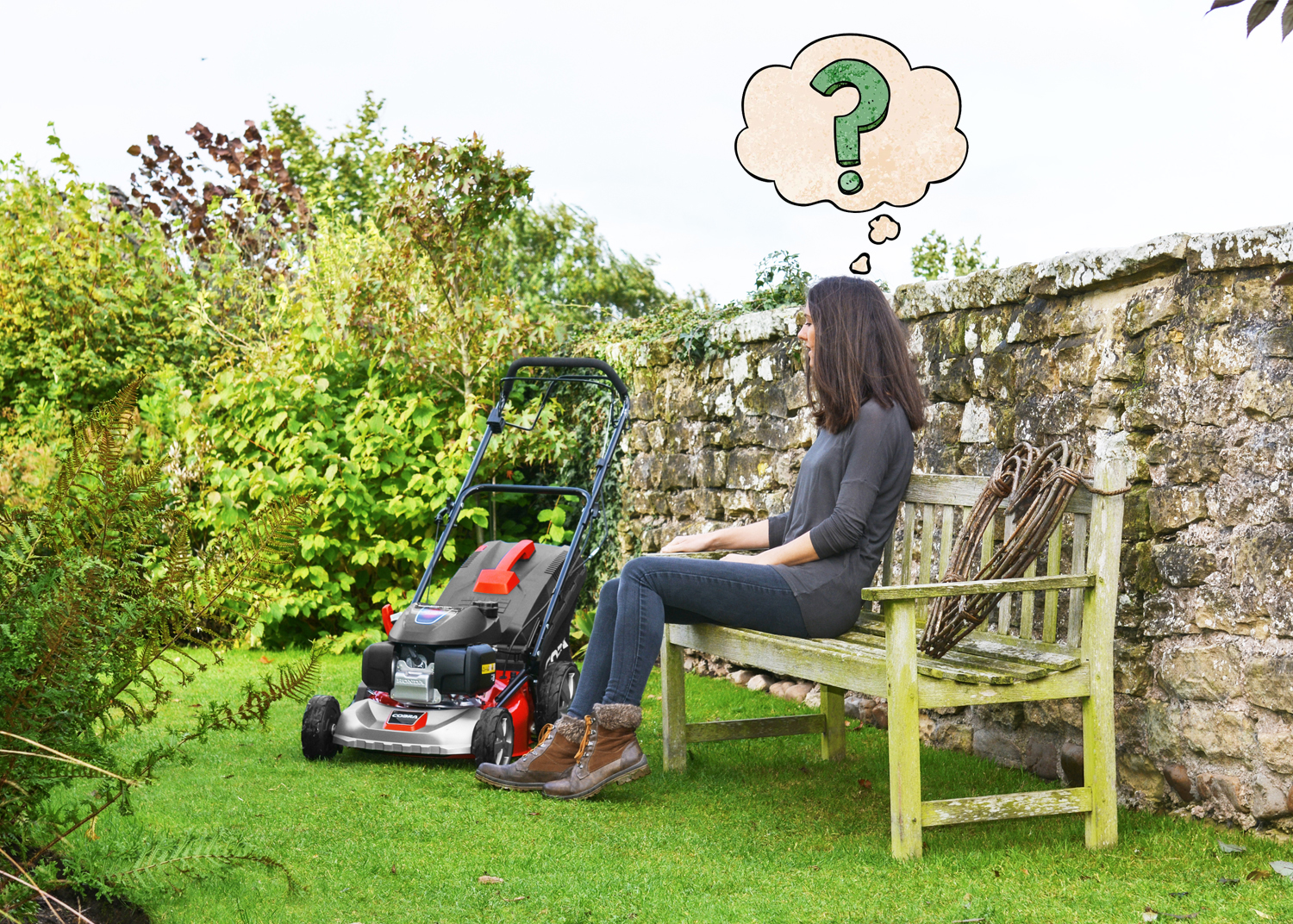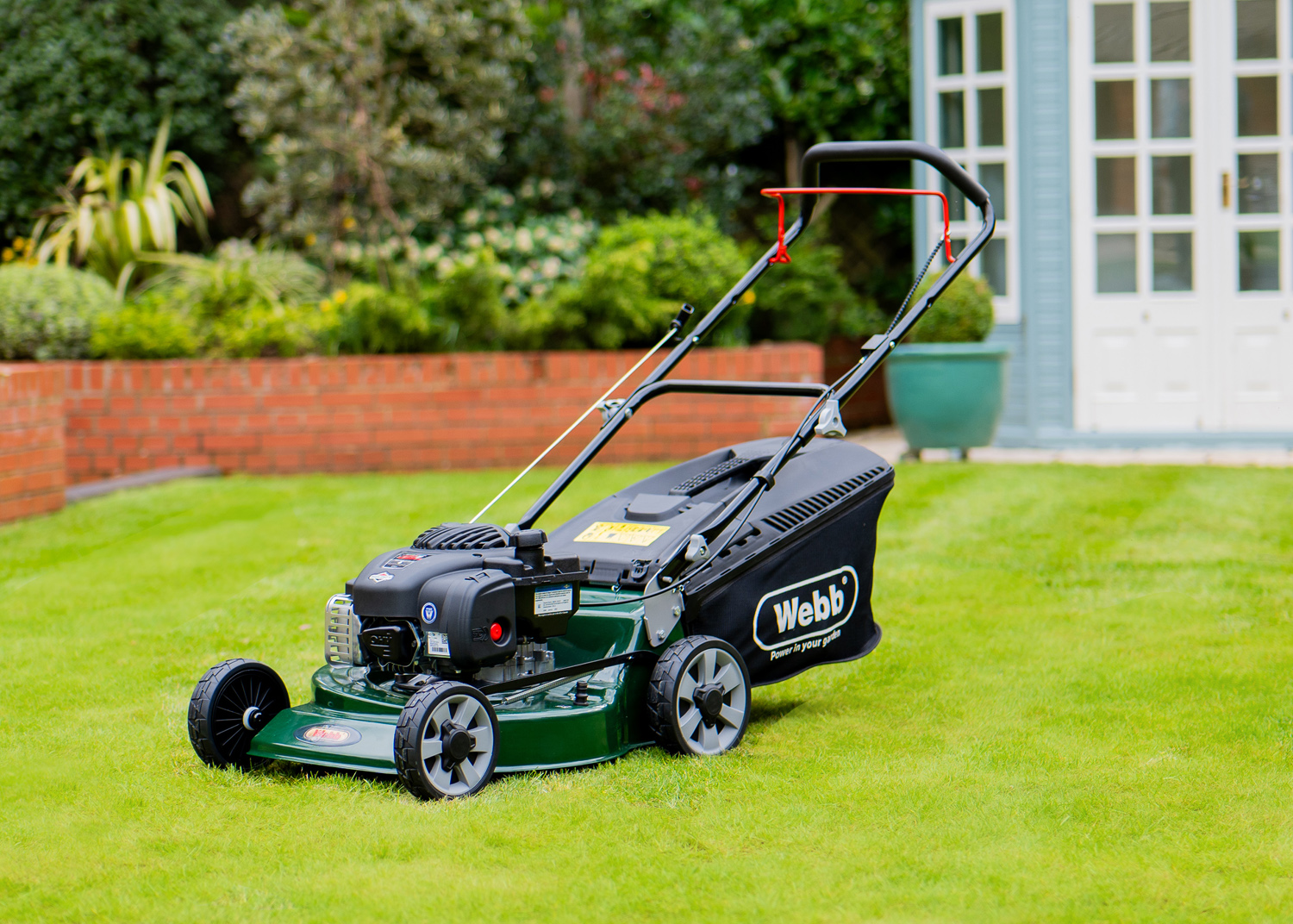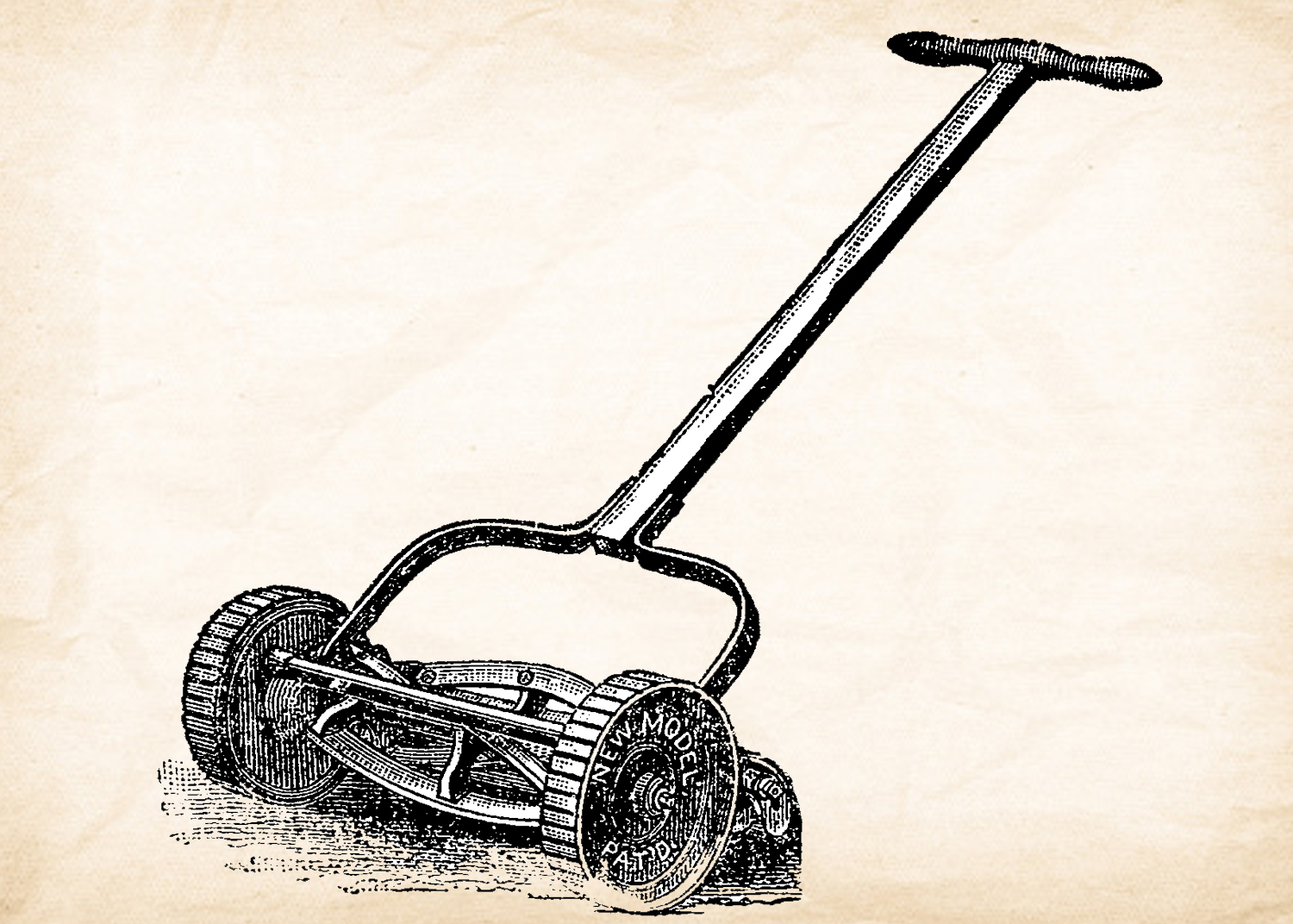How green is your grass?
- By Jules MacIntyre
- 27 Apr 2021
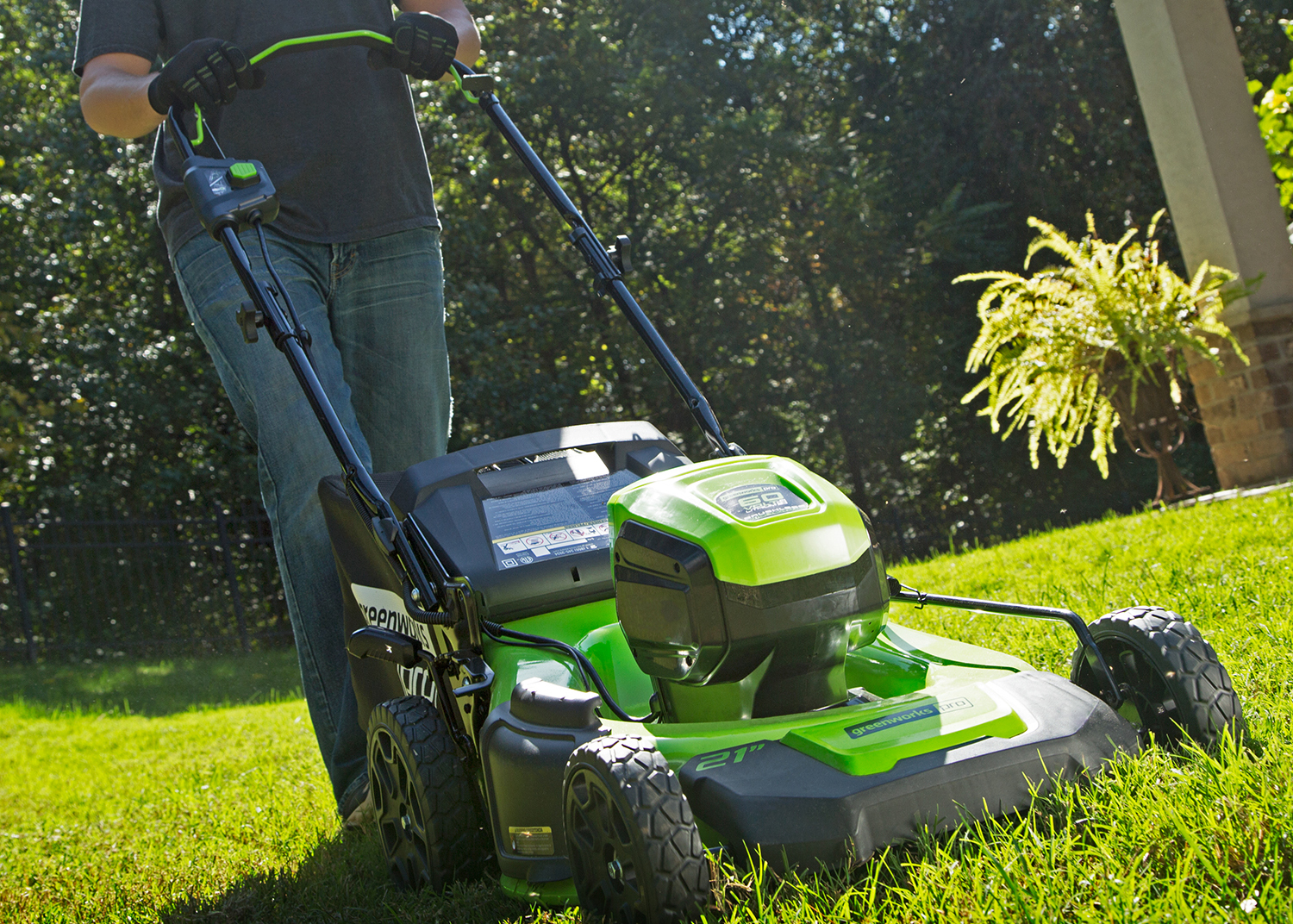
Lawns can have a positive environmental impact
Although they’ve sometimes had a bit of a bad rap environmentally, a lawn is a positive on many counts. For example, unlike paving or hard surfaces, grass actually absorbs both carbon dioxide and sulphur dioxide while producing oxygen as ‘clean’ air with an average-sized lawn providing enough for a family. It also reduces erosion from storm water runoff and traps harmful dust and particles. Urban areas with lots of trees and grass also tend to be cooler as well as reducing noise and benefitting our well-being.
To mow or not to mow?
There can be no doubt that mowing less is a good idea for a number of eco reasons. By letting your grass grow a little longer, the blade will be bigger and the photosynthesis that takes place and feeds the roots will be increased. Secondly, the shade of longer blades both protects the soil underneath from drying out and means that ever-present weeds are not exposed to sunlight that helps them grow. And even if you can’t resist your weekly mow, just make sure that you keep your height adjustment at a reasonable level so as not to ‘shave’ the grass which will then be desperate to grow back and use up valuable nutrients from the roots to do so.
Another great idea is to support insects in Spring and Summer is to join the re-wilding revolution and create a section of the lawn which you don’t mow at all. This still allows you to have practical areas for child-play or pure aesthetics, while creating your own mini-meadow of wildflowers which often grow naturally in patches left to their own devices. Daises, speedwell, buttercups, clover and even cowslips are just some of the delightful possibilities when we change to a less controlling approach. At the end of Summer, ideally in September, just cut the wild patches down to a few centimetres and remove the debris or clippings so that tough wild grasses don’t take over.
Feeding, weeding and watering
Perhaps one of the simplest but most significant ways to make your lawn care more eco-friendly is the kind of feed and weed killer you choose. We are huge fans of the Viano range which is totally organic and available from The Green Reaper as a slow-release fertiliser and moss killer called Mo Bacter which improves the soil as well as feeding the grass. Endorsed by the RHS, it doesn’t leave the black debris of dead moss (as this eaten by the bacteria within the product), is animal-safe, will not harm borders or stain patios and even eliminates the need for scarifying post-treatment.
As our summers seem to get hotter, another concern is often the amount of water required to keep a lawn looking green. If you want to maintain your regular watering routine, why not invest in a water butt which now come in a more pleasing designs and will actually be a feature in your garden. Our favourites are from Owl Hall and include ones with modern styling as well as a more traditional barrel effect with a 250 or 500 litre capacity. Buying a water butt pump will enables you to water the grass more easily and Hozelock do a sturdy and cost-effective range.
Equally though, there is the simple option of not watering as much on the basis that brown grass is simply dormant and will come back to life with the inevitable arrival of rain. Even watering deeply once a week is, in fact, far more beneficial for your grass than a blitz with the sprinkler every day, as it gets moisture deep into the roots, especially if done in the early morning when temperatures are lower.
Push mowing for a cleaner cut
Now let’s turn our attention to choosing a mower with greener credentials. There’s actually a good range of more environmentally-friendly options these days. If you have a small to medium lawn, then there’s always the option of a hand-propelled push mower which have come a long way since your Dad walked one up and down the garden in his drainpipes. Now lighter and often with stay-sharp titanium blades, they cut the grass cleanly and save on fuel as well as being free from maintenance such as oil or spark plug changes. Plus you’ll be keeping fit while mowing in noise-free peace, listening to the birds early on a Sunday morning rather than upsetting the neighbours with the roar of a rotary. Some push mowers, such as the classically shaped Webb, have a grass collection box while others just distribute the clippings back on to the lawn where they act as a mulch, restoring nitrogen, phosphorous and potassium back into the lawn. And if stripes are still all-important, just choose one with a cylinder.
Charge of the battery brigade
Cordless and lithium battery-operated mowers offer another alternative to fossil-fuelled machines, especially for medium or even larger gardens. While batteries still need charging, the latest lithium-ion ones last much longer and the electricity we all use to charge them is increasingly coming from more renewable sources such as wind. Because model range is so extensive, a good rule of thumb is to choose one with a battery running time that covers how long it takes you to mow the grass. For example, if takes under 15 minutes to mow your small lawn, opt for one with battery power of 2.5Ah (amp hours), while average lawns that take around 30 mins to mow need a 4 or 5Ah battery. Finally, a big lawn space that takes you over 45 mins to cut, ideally needs a 7.5Ah version. A great all-round mower that we recommend is the zero emissions GreenWorks 48V Push Cordless Lawn Mower that comes with two on board 2Ah batteries that double the power, a twin charger and extra environmental credentials by having a mulching option as well as a bag, so you can redistribute clippings and add nutrients back in into the lawn.
Minimise your carbon footprint
Even major players in the petrol mower market such as Hyundai are starting to take their carbon footprint seriously, planting a young sapling with every power product bought in 2020, towards their overall target of 100,000 trees. There’s no reason why all of us can’t put something back environmentally and planting trees is one of the easiest ways of taking CO2 out of the atmosphere and releasing oxygen back into the air. So with your more eco-friendly lawn, why not create an area shaded from the Summer sun, sitting under some newly-planted native alders, bird cherry, crab apple or dogwoods with a mowed path between your trees and wildflower patches. Sounds absolutely idyllic doesn’t it?
There are so many options to create a more eco-friendly lawn that the grass really is greener if we make even a small effort. As no less a figure than Francis Bacon, the English statesman and philosopher, once said ‘nothing is more pleasant to the eye than green grass kept finely shorn’. There is indeed a unique beauty to a lawn and looked after with a little more thought means it will not only look just as lovely but you’ll be caring for the environment too.


